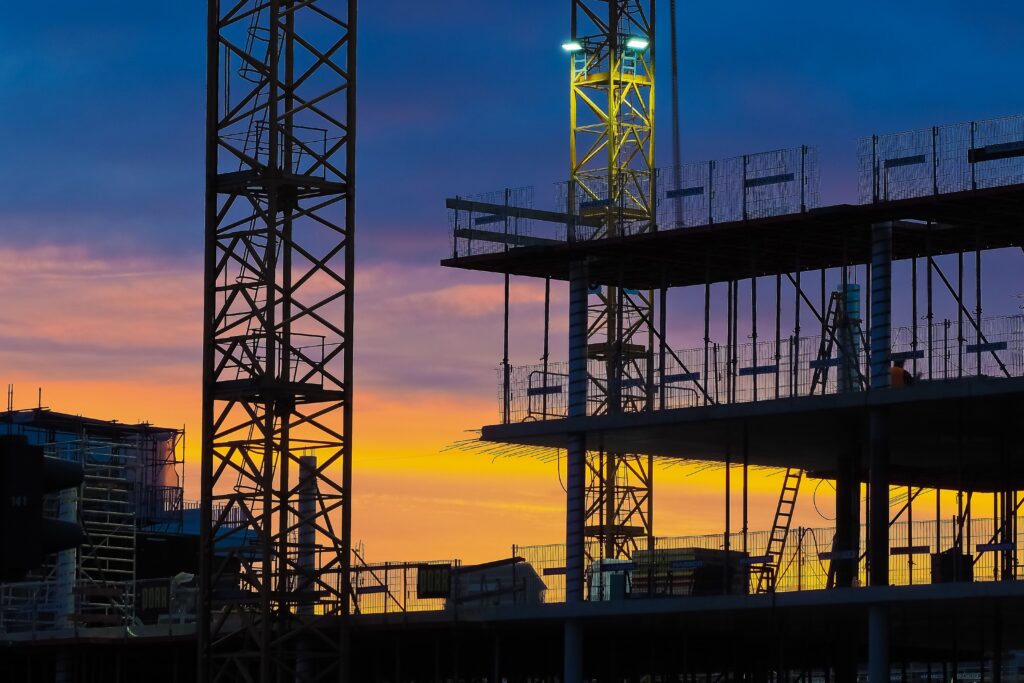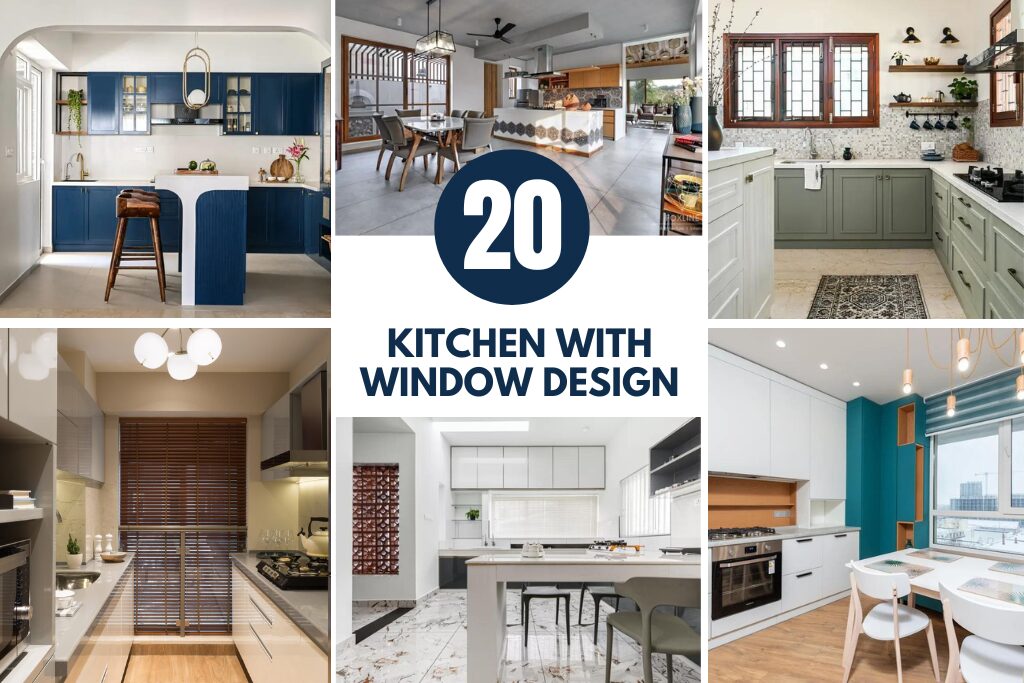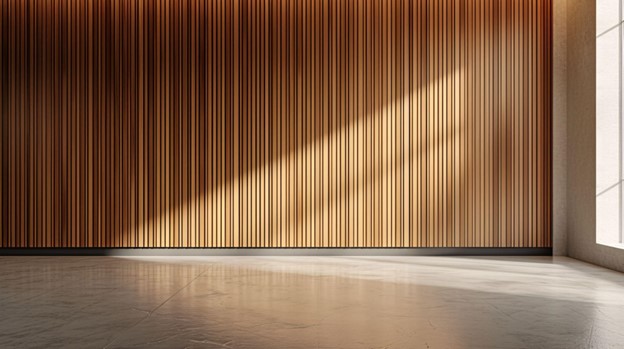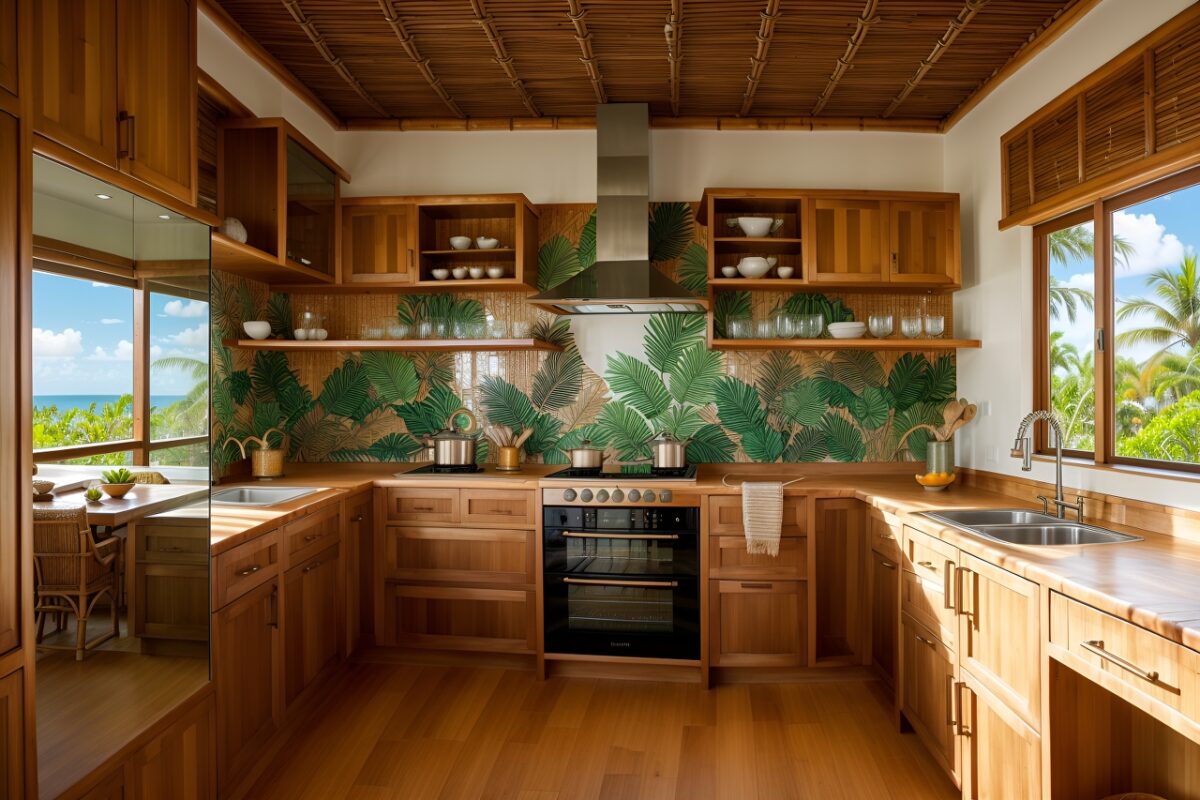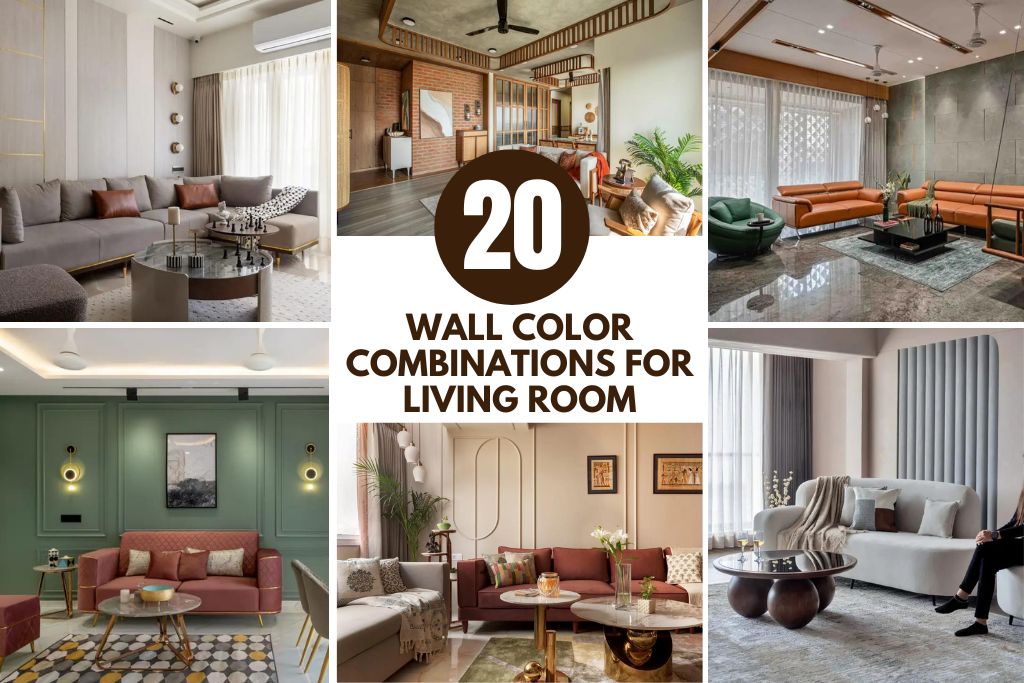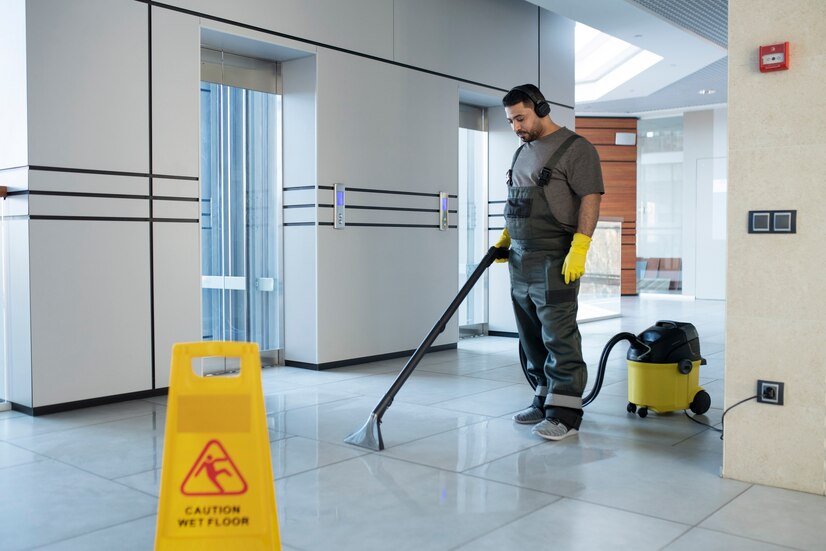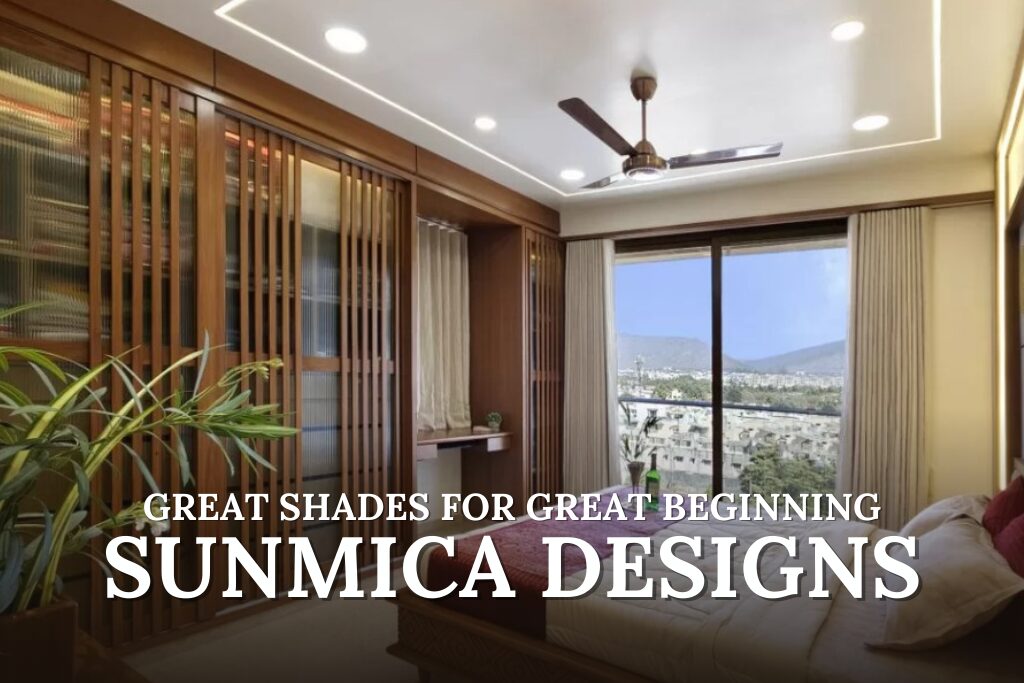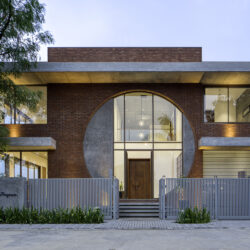10 Construction Industry Trends for 2021
2021 has been a year of reemergence and expansion in the construction market, following a tumultuous year of modifying predictions and altering expectations. Rising construction prices and labor shortages continue to put pressure on the sector to come up with innovative new solutions, while tighter rules restrict the room for mistakes and inefficiency.
The coronavirus epidemic has altered the way the construction sector performs business in the year, through project scheduling and closure to employing personnel and working with customers.
Many industrial developments will be influenced by the pandemic’s aftermath in the future. New technology is changing the building site, making it easier to win jobs and increasing profit margins.
The responsibilities of industry experts and frontline employees are evolving as a result of trends and developments.
These trends can be beneficial to both business owners and homebuyres as they can decide which condo or apartment to buy. Condoly reports that buying modern condos with trendy architecture will help you sell your condo later at higher prices.
Equipment for Safety
The coronavirus epidemic has had a significant influence on the building industry, with new state laws emphasizing cleanliness and rigorous safety measures already impacting building site norms. This includes greater union involvement in projects, which might raise project costs and timelines.
Machines that can detect typical safety concerns and eliminate them one at a time are likewise becoming more widespread in the business. Work boots that link to Wi-Fi and warn others if a person falls are among the latest smart inventions to hit the construction site.
Tasked robots build scaffolding or lay bricks autonomously, while material moving mules move heavy or dangerous items. Headsets could maybe help employees stay in sync with their environment while reducing noise pollution.
You are already witnessing robots that substitute some human employees, in addition to worker gear. These include everything from mules for transporting materials to scaffolding and bricklaying robots.
In most situations, these robots are enhancing human decision-making, such as understanding and interpreting data discoveries into actionable insights, and making way for new, senior positions.
Environmental sensors that monitor noise, heat, and wind at building sites give alerts to evacuate construction employees and transfer costly industrial machinery in the case of an emergency or natural catastrophe.
Helpful Technology
This year, technology in construction, especially advances that may increase productivity, is expected to be the major differentiator for builders and developers. In addition, the coronavirus epidemic is increasing dependence on building technologies. These are a few forms of technology that will only grow in popularity in the years ahead, up to and including 2021.
Blockchain technology, according to experts, will help the construction sector improve its connections. It’s an important aspect of creating a more secure and efficient process that benefits everyone involved.
Contracts provide a shared business system for all project participants, enabling them to purchase, track, and pay for services. Companies may utilize smart contacts as an all-in-one tracking system where norms and timelines are defined and the blockchain enforces them, rather than acquiring contracts and tracking deliverables from many parties. Quick closeouts, improved security, better project monitoring, and an automated supply chain are all advantages of this technology.
Drones are still one of the quickest trends in the construction sector, with utilization up 235% year over year. Aerial photography for real estate and commercial purposes is only one application of the technology.
Drones are now being utilized to quickly survey huge areas over great distances, resulting in important aerial heat maps and thermal pictures. The latest drone software delivers real-time, actionable data that can be utilized to make quick decisions, simplifying the entire building process even more.
Construction’s largest liabilities are still personal safety and equipment loss. Drones can do activities that require scaling supertall structures in place of human employees to avoid harm. Drones may be used as on-site security equipment to cut labor expenses and reduce the danger of theft, keeping projects on track and reducing glitches.
Augmented Reality (AR)
Monitoring depreciation of equipment and integrating AI to arrange moving industrial machinery are two more sophisticated potential uses. By the end of the decade, the worldwide AR industry is anticipated to be worth more than $1 trillion, rising from around $37 billion in 2021. On the client-side, AR entails effective project staging and bringing pre-construction projects to life for potential purchasers and tenants.
AR allows builders and developers to employ wearable technology and 360-degree video to:
- Future developments in 3D on their surroundings
- Buildings are being measured by robots.
- Architectural and structural modifications may be simulated quickly and at a low cost.
- hazard simulations and safety training
Laborer Demand is Growing
A significant increase in labor demand has been one of the most obvious building developments in recent years. Quality labor is costly and difficult to come by, however, robots do help to fill up the gaps. Thanks to the support of these robots, more educated humans will be required to handle and analyze the data generated by new technologies. Women, thankfully, are filling more competitive jobs.
Women carry just 11% of construction sector employment, according to the Bureau of Labor Statistics, while industry hiring trends indicate a 90 percent increase in female-owned construction businesses from 2008 to 2021. In addition, in 2021, 30 percent of construction firms elevated a woman to a senior position.
In recruitment efforts, the business is also focusing on generation Z, those born between 1994 and 2011. Negative opinions of trade schools have hampered efforts to attract fresh construction talent in the past.
The coronavirus outbreak shifted people’s thinking away from traditional educational alternatives, resulting in a rise in positive opinions about trade school. It does, however, allow construction firms to highlight the industry’s strong potential for professional advancement and plenty of possibilities to deal with various technology.
Diversify your supply chain
Contractors have been compelled to search for other suppliers or pay higher material prices as a result of the supply chain interruption. This does not appear to be improving anytime soon.
This building trend will need to rethink long-term commercial partnerships and brand loyalty, as well as taking chances on new collaborations. As is customary, this risk will be expensive, and quick, informed choices on substitutes will need close cooperation among suppliers, subs, generals, and landowners.
Escalation provisions will very certainly be increasingly prominent in new contracts to handle unanticipated cost rises, and existing contracts may need to be amended in the same way. It seems to be a chance for agile suppliers and contractors to enter into previously difficult-to-reach locations and clients.
Construction materials
The development of living materials is one of the most interesting building topics to follow. These biological chemicals essentially develop on their own, and they’re on their way to becoming full-scale manufacturing in the near future. For these materials to stay exotic, the benefits are simply too enormous.
Bacteria and fungi construct and manufacture the most intriguing biological materials. As a result, they’re light, powerful, and strangely transportable. The expression “developed in place” may become as popular as “cast in place” in the near future.
Self-repairing Concrete is a type of concrete that has been soaked with bacteria, which binds the components surrounding them together to form a new structural substance. This substance may develop inside the pores of the concrete, increasing its imperviousness. It will even fill and mend fractures and cracks on its own.
The bacteria are being produced as a construction material in and of itself, with useful forms and sizes already being created. There’s also Mycelium Composites. These compounds are made by a fungus rather than bacteria. Mycelium is a huge subterranean network of fungus whose blooms are mushrooms.
A Honey Fungus in Oregon, which is 2 miles across and thousands of years old and produces delicious mushrooms, is the biggest living creature on the planet. Scientists have captured this hardy critter and fed it farm trash, which has allowed it to develop into a variety of materials.
Instead of using the less-than-environmentally friendly Styrofoam packaging peanuts, Dell Computers uses mycelium materials to pack its high-end equipment. Insulation and flooring manufacturing is already underway.
Technology for Remote Access
Anything that promises that work may be done remotely will develop fast in the “remote” environment. Both construction and administrative duties fall under this category. Drones are now seen on almost every business job site. According to DroneDeploy, a drone surveying, and mapping platform, construction is the fastest growing commercial drone user. Contractors may learn a lot about a project by looking down from above.
Safety concerns can be identified immediately, material amounts on-site can be properly assessed, and orthomosaic maps may be generated to show the whole project site. As a consequence, significant financial savings are possible.
Safety data may assist decrease insurance claims, and precise assessments of materials and progress can lead to more timely information to pay requests, as well as the required modifications in personnel and schedule to prevent congestion.
The flow of information in the office has been considerably aided by technology. From purchases to payments to job completion and schedule changes, blockchain technology is a way of user-verified, real-time input of an infinite number of data points.
Buildings that are environmentally friendly
For homeowners, renters, and business tenants, green building is the anticipated norm. Unfortunately, despite their long-term cost advantages, many sustainable and eco-friendly elements remain a luxury. However, as Ecotech and sustainable building become more widespread, this will change over the next decade.
Energy sources accounted for 10% of the energy market in 2020, and their proportion is only likely to expand as access improves. Houses still account for 38 percent of US energy use and 28 percent of greenhouse gas emissions, so this is a significant industry.
Green construction encompasses both the technology and building concepts that minimize a building’s carbon footprint and resource use. Proof of green building’s benefit to inhabitants is maybe an even more powerful motivator. Green buildings have been shown to have a favorable psychological and physiological influence on residents and even passers-by, according to research.
Greenscaping, or the technique of covering rooftops with plants and creating tiny parks, is increasingly prevalent in major cities across the world, as Google’s new multi-tiered London headquarters exemplifies. The project was dubbed a “landscraper” by the developers, which is a structure with normal numbers to a tower but is constructed horizontally rather than vertically. This allows the structure to be covered with large greenscapes while also enhancing its resilience to high-powered storms brought on by climate change.
Construction that is modular and off-site
Manufactured structures are already constructed in such a way as to encourage low worker density. Manufacturing takes place in massive, open structures with lots of space for separation. Furthermore, the equipment used, such as ceiling cranes, conveyors, and lifts, is rented from crane rental companies and is designed to allow fewer employees to handle larger components, lowering worker proximity and labour costs.
Manufactured structures are already constructed in such a way as to encourage low worker density. Manufacturing takes place in massive, open structures with lots of space for separation. Furthermore, the equipment utilized, such as ceiling cranes, conveyors, and lifts, is designed to allow fewer employees to handle bigger components, lowering worker proximity and labor costs.
Once built, these structures are generally tiny, limited only by the ability of vehicles to transport them. As a consequence, they’re ideal for a world that requires isolation.
They’re perfect for a firm that requires individual workplaces with their own systems, a remote worker who wants a home office, or a hospital that needs a few more rooms. Prefabricated structures have the added benefit of being both inexpensive and temporary. A short-term solution is frequently the greatest option in times of uncertainty. This building craze isn’t going away anytime soon.
Workplace Disturbances
The building industry’s job is reliant on one thing: money. And capital despises unpredictability. Financing projects, particularly major ones, is challenging in the present atmosphere.
In general, investment in non-residential buildings is anticipated to fall in 2021, with a significant drop in spending possible. Spending on infrastructure projects will almost definitely be postponed as the government debt rises at all levels. The downturn has already started in the private manufacturing sector.
20 Indian Kitchen with Window Design: Practical yet Presentable
With the changing trends in home, a kitchen with window design has stayed a paramount feature of Indian kitchens for its functionality as well as aesthetic purposes. Kitchen is the heart of Indian homes. It’s the most dynamic space in any Indian household— where traditions are passed down, flavors are crafted, and many stories are […]
Read MorePlywood: Your Unsung Interior Design Hero
Plywood – It’s that often overlooked material hiding behind your kitchen cabinets and bookshelves. But let’s give it the spotlight it deserves! This versatile, strong, and affordable material can be a game-changer in your interior design journey. Let’s see more about plywood and how it can help with your interior design. Why Plywood? You might […]
Read More20 Breakfast Counter Designs: Amazing Indian Kitchen Choices
How many of you have the time to enjoy a family meal instead of an individualized quick bite? Breakfast counter designs in India exemplify societal changes, new culinary preferences, and cultural dynamics. With hectic lifestyles and changing work patterns, breakfast has shifted from a family-oriented meal to a functional individual affair. A large wooden table […]
Read MoreParisian Chic: Remodeling Your Kitchen with Modern French Style
Kitchens are arguably one of the most active places in our homes; as such, renovating kitchens can be a complex and at the same time, an engaging task. Assuming that you are in search of a style that will suit both young and older generations and at the same time fashionable yet classic then you […]
Read MoreTADstories with Aakashi Mehta | Aakashi Mehta Designs
Aakashi Mehta, the founder of Aakashi Mehta Designs, shares her passion for interior spaces and design which has made design a crucial part of her life. Aakashi Mehta Designs is an interior design studio situated in the city of Ahmedabad. The firm prioritizes user experience and the requirements of the clients to promote a healthy […]
Read More20 Captivating Wall Color Combinations For Your Living Room
Choosing the perfect wall color combination for your living room can be a game-changer. It sets the tone, reflects your style, and makes your space feel uniquely yours. The right hues can transform a dull room into a vibrant oasis or a chaotic space into a serene retreat. Wall colors can create moods, influence emotions, […]
Read MoreThe Importance of Professional Cleaning in Modern Architecture
Modern architecture, with its clean lines, open spaces, and sleek materials, is a testament to aesthetic appeal in today’s fast-paced world. Preserving these elements requires professional cleaning services, which play a crucial role in maintaining the structures’ visual allure and longevity. According to recent statistics, the cleaning industry is projected to grow by 20% annually, […]
Read MoreModern Dressing Table Designs for Bedroom: 15 Indian Style
Relating to the contemporary is fashion, and adopting that popular style is a trend. Modern dressing table designs for bedrooms seem to be a popular trend, adding glam to fashion. Did you know that some objects are gender-based? Yes, a vanity box, known as an airtight box, contains cosmetics and toiletries for women. Historically, the […]
Read MoreSunmica Designs: Great Shades for Great Beginning
Senses like touch and sight associate well with pleasure and satisfaction. Well-crafted Sunmica designs inject those emotions in varying patterns, textures, and thicknesses. People perceive these designs predominantly as a decorative element to view and comforting to touch. To define, ‘Sunmica’ is the name of a brand that has rewritten the history of laminates with […]
Read More20 Modern Texture Paint Designs to Elevate Your Home Decor
Looking to add a fresh, dynamic touch to your interior design? Modern Texture paint designs is your answer! Unlike traditional flat paint, textured paint brings depth, interest, and personality to any space. Whether you’re aiming for rustic stucco finishes or sleek metallic accents, its versatility lets you customize your walls to match your unique style. […]
Read More
